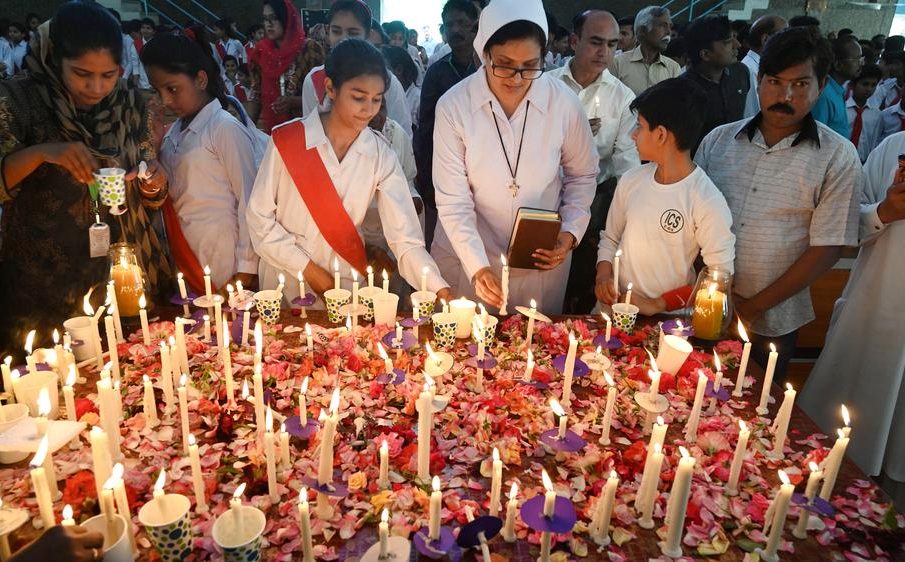Sri Lanka: A Land of Resilience and Recovery

Introduction
Sri Lanka, the island nation in South Asia, has faced significant challenges in recent years due to political instability, economic crises, and the devastating effects of the COVID-19 pandemic. Notably, the country is at a critical juncture as it aims to recover from these setbacks and build a sustainable future. Understanding the current landscape of Sri Lanka is essential, not only for its citizens but also for global stakeholders interested in the region’s stability and growth potential.
Current Situation in Sri Lanka
In 2022, Sri Lanka experienced one of its worst economic crises since independence, marked by severe inflation, shortages of essential goods, and widespread protests. The political upheaval culminated in the resignation of then-President Gotabaya Rajapaksa, paving the way for a new government led by President Ranil Wickremesinghe. His administration has been focused on stabilising the economy through negotiations with international monetary bodies like the International Monetary Fund (IMF) to secure financial assistance.
As part of these efforts, Sri Lanka has initiated reforms aimed at restoring fiscal discipline and rebuilding consumer confidence. The country recently entered into a staff-level agreement with the IMF, which is expected to unlock a $2.9 billion bailout package, essential for alleviating immediate financial pressures and stabilising the economy.
Key Developments and Events
In the past few months, the Wickremesinghe administration has been working on various fronts. The government has sought to enhance agricultural productivity and alleviate food shortages by pivoting to more sustainable farming practices. Additionally, there has been a renewed focus on foreign investment, particularly in tourism and renewable energy sectors, signifying a strategic shift towards more sustainable economic practices.
Moreover, the government is actively engaging with international partners to ensure support for infrastructure development, which is vital for long-term growth and stability. Recently, Sri Lanka has hosted several international forums to attract investors and strengthen diplomatic ties.
Conclusion
The path ahead for Sri Lanka is undoubtedly challenging, yet it also presents unique opportunities for development and recovery. The ongoing reforms, alongside international support, are expected to create a more resilient economic framework. For readers and stakeholders, following Sri Lanka’s journey is crucial, as its recovery could serve as a model for other nations facing similar challenges. With the right policies and engagement, Sri Lanka has the potential to emerge stronger, fostering a more prosperous future for its people.









